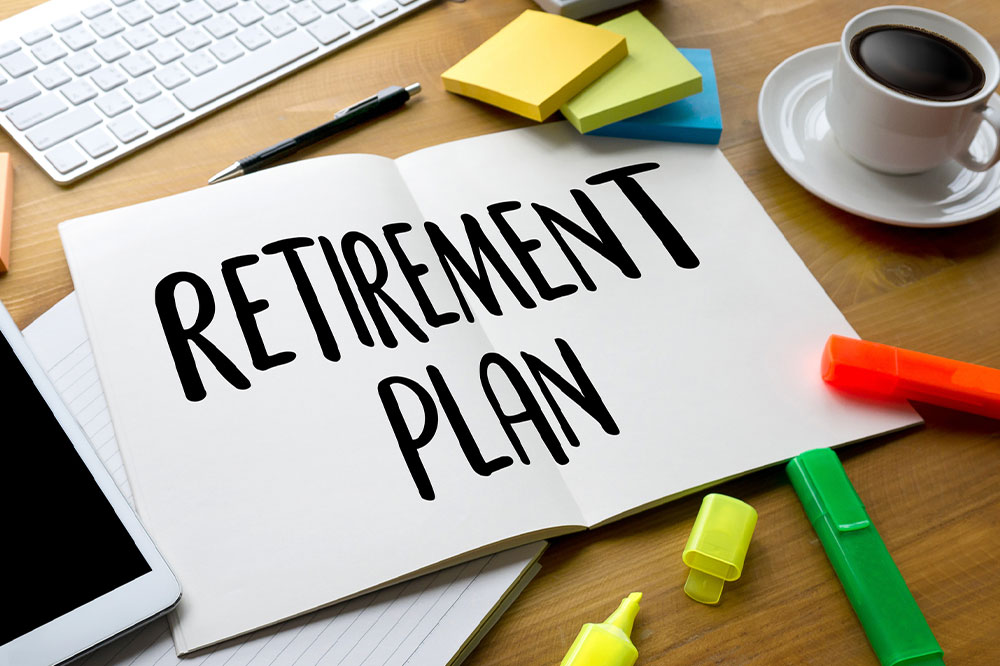Comprehensive Guide to Choosing the Perfect Retirement Investment Plans
This comprehensive guide provides essential strategies for choosing the most suitable retirement investment plans. From early investing to diversification and selecting key schemes like 401(k)s, Roth IRAs, pensions, and real estate, readers will learn how to build a resilient retirement portfolio. The article emphasizes the importance of starting early, diversifying investments, and planning according to personal retirement goals, ensuring a financially comfortable future. Perfect for individuals planning their retirement ahead of time, this detailed advice helps maximize savings and manage risks effectively.

Effective Strategies for Selecting the Right Retirement Investment Plans
Retirement planning is an essential aspect of long-term financial security, and many individuals spend considerable time pondering how to make their golden years comfortable. As life expectancy increases and living standards rise globally, securing a steady income for retirement becomes increasingly crucial. Proper planning not only guarantees financial independence but also ensures that you can enjoy your retirement without worries. However, navigating the multitude of available retirement schemes can be overwhelming without a clear strategy.
Understanding where to begin, how to diversify your investments, and choosing the right age for retirement are fundamental to building a robust retirement portfolio. With numerous options ranging from traditional pension schemes to modern investment plans, selecting the most suitable options requires careful analysis and strategic thinking.
Preparing for retirement is as vital as any other financial decision you will make in your life. Early planning provides the advantage of time, allowing your investments to grow substantially through compounded returns. It's never too early or too late to start, but initiating your retirement savings early can significantly impact your financial stability in later life. If you find yourself uncertain about how to proceed, this comprehensive guide aims to provide clarity and actionable strategies to secure your future.
Let’s delve into key tips for crafting a resilient retirement plan that aligns with your financial goals and lifestyle expectations.
Start Investing as Soon as Possible
The most effective way to maximize your retirement savings is to begin investing early. The earlier you start, the more time your investments have to grow through compound interest. Starting when your career is on a stable trajectory allows you to develop a consistent savings habit without unnecessary stress.
Ideal timing involves reaching a point where your income is steady, and you have manageable expenses, enabling consistent contributions. This strategic approach ensures you can forecast your future financial needs more accurately and make informed decisions about your retirement goals.
When is the right moment to begin? Generally, once you have a reliable income stream, manageable debts, and financial stability, you should start exploring retirement investment options. This approach not only secures your future but also leverages the benefit of time to accumulate wealth through disciplined investing.
Diversify Your Retirement Portfolio
While saving money is essential, relying solely on one type of investment can expose you to unnecessary risks. A diversified portfolio, which combines various asset classes such as real estate, stocks, bonds, and fixed deposits, can enhance your financial security. Diversification spreads risk across different investments, reducing potential losses and improving your chances of higher returns.
Including a mix of property investments, fixed deposits, equities, and bonds ensures that your retirement savings are not vulnerable to downturns in any single sector. Moreover, diversification can provide a balance between growth and safety, helping you achieve your retirement goals with more certainty.
Determine the Ideal Retirement Age
Your target retirement age plays a crucial role in your financial planning. Retiring early or late impacts your investment horizon and the amount of savings required. Opting for an earlier retirement age, such as 45 or 50, necessitates more aggressive savings and investment strategies, whereas retiring at the traditional age of 60 or older allows more time to grow your funds.
Choosing the right retirement age depends on your health, financial goals, lifestyle desires, and potential income sources. Planning well in advance ensures that you have adequate funds regardless of your retirement timeline.
Top Retirement Investment Options You Should Consider
Achieving a comfortable retirement often involves diversifying income sources and selecting reliable schemes that align with your financial capacity and risk appetite. Here are some of the most popular and dependable retirement plans that can form the backbone of your retirement savings.
401(k) Savings Plans
One of the most widely used employer-sponsored retirement plans, the 401(k) offers significant benefits for employees. Contributions typically range from 4% to 6% of your salary, deducted directly from your paycheck before taxes, thereby reducing your taxable income. Many employers match a portion of your contributions, further boosting your savings.
When the time comes to withdraw funds in retirement, taxes are payable on these withdrawals, allowing your investments to grow tax-deferred. This feature makes the 401(k) a powerful tool for long-term wealth building, especially if you start contributing early in your career.
Roth IRA
Similarly popular among savers, Roth Individual Retirement Accounts involve post-tax contributions—meaning you pay taxes upfront. One of the main advantages of Roth IRAs is that withdrawals during retirement are entirely tax-free, provided certain conditions are met. This makes Roth IRAs especially attractive if you expect your tax rate to be higher during retirement or if you want to maximize tax savings.
Roth IRAs are flexible and can be opened independently or alongside employer-sponsored plans, providing additional avenues for building retirement savings.
Pension Funds
Pension plans are traditional, employer-managed schemes where the organization commits to paying you a fixed income upon retirement. These funds are invested and managed professionally, providing a steady stream of income based on your years of service and salary history. Although pension schemes are becoming less common, they remain an essential component of retirement income for many employees, especially in public sector jobs and large corporations.
They offer stability and predictability, easing planning concerns for retirees relying on pension payouts.
Real Estate Investments
Investing in property has long been a reliable approach for retirement planning. Acquiring real estate can generate rental income, offer potential appreciation, or serve as a safe asset during turbulent economic times. With careful planning, purchasing property can lead to consistent cash flow and long-term wealth accumulation.
If approaching retirement and seeking a last-minute income source, purchasing a rental property can be a smart move. However, it’s essential to analyze costs, ongoing maintenance, property taxes, and market conditions to ensure a profitable and manageable investment.
In summary, effective retirement planning depends on early action, diversification, and choosing the right mix of investment options tailored to your goals and risk tolerance. Combining these strategies will significantly improve your chances of achieving a financially secure retirement where you can enjoy your post-work years comfortably and confidently.





